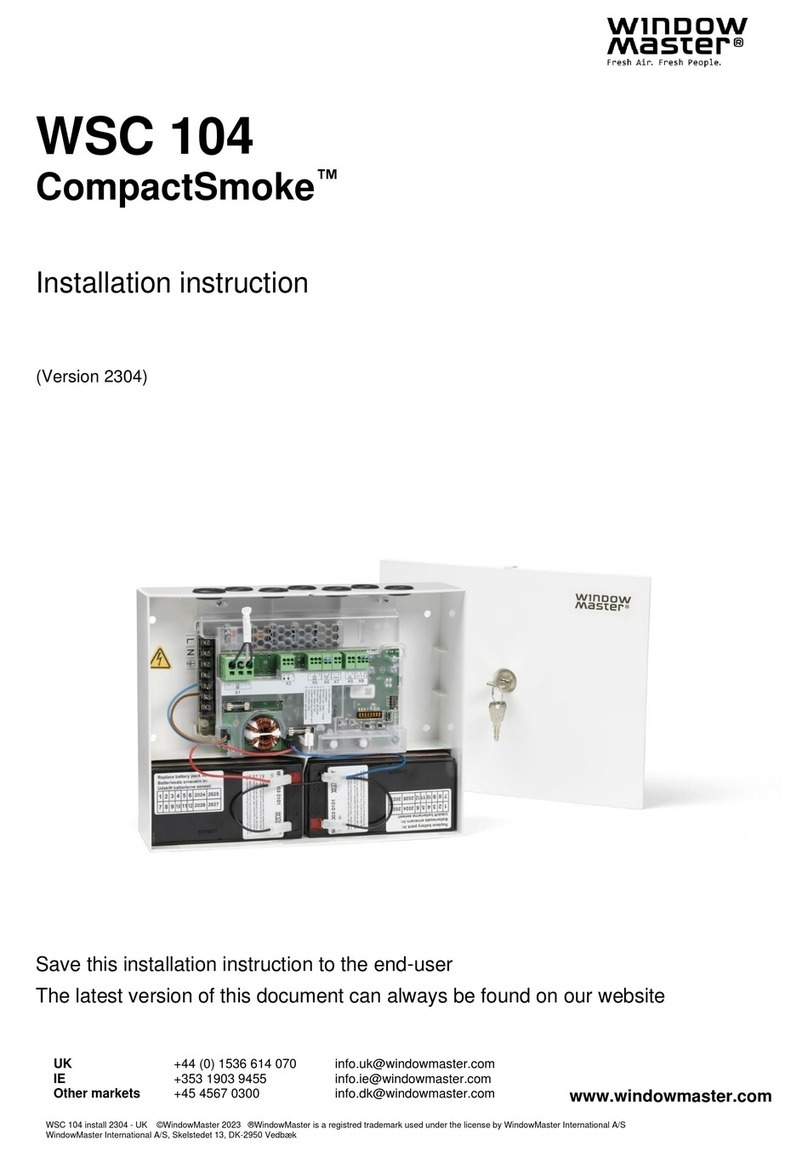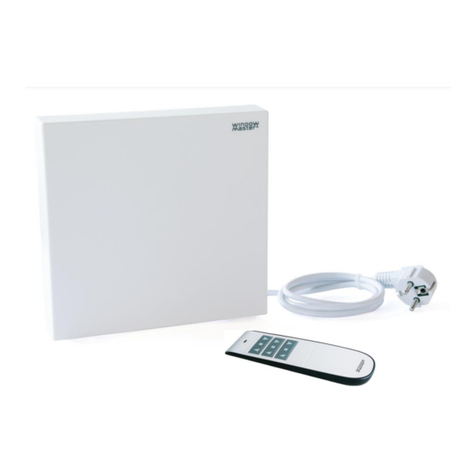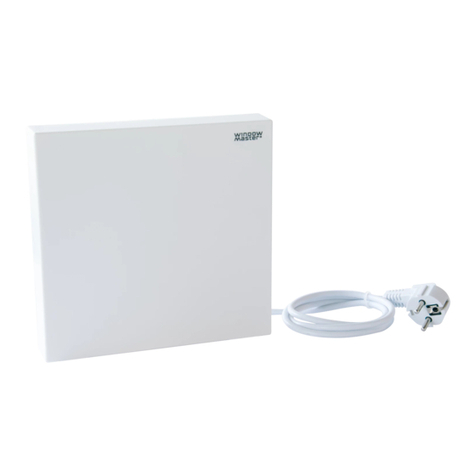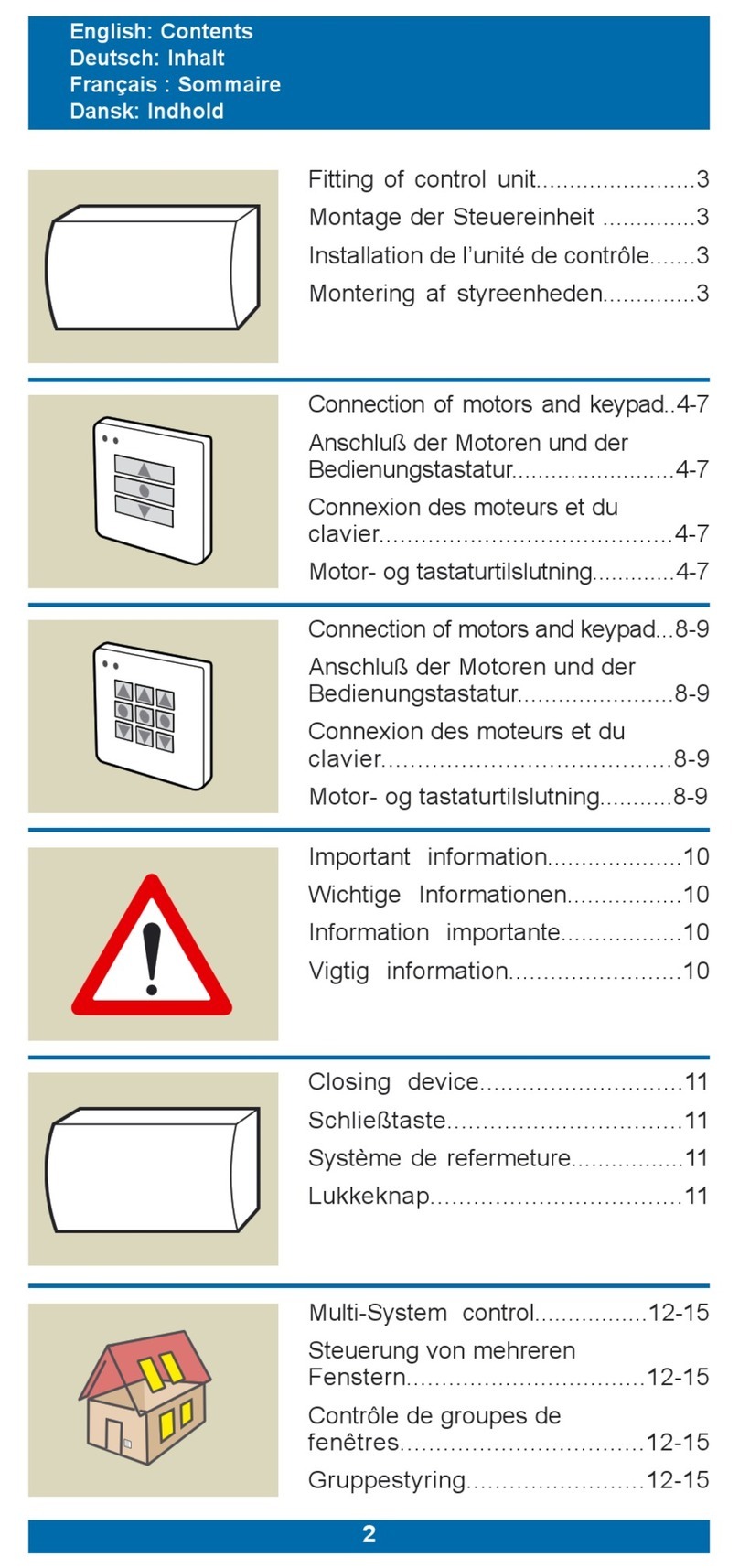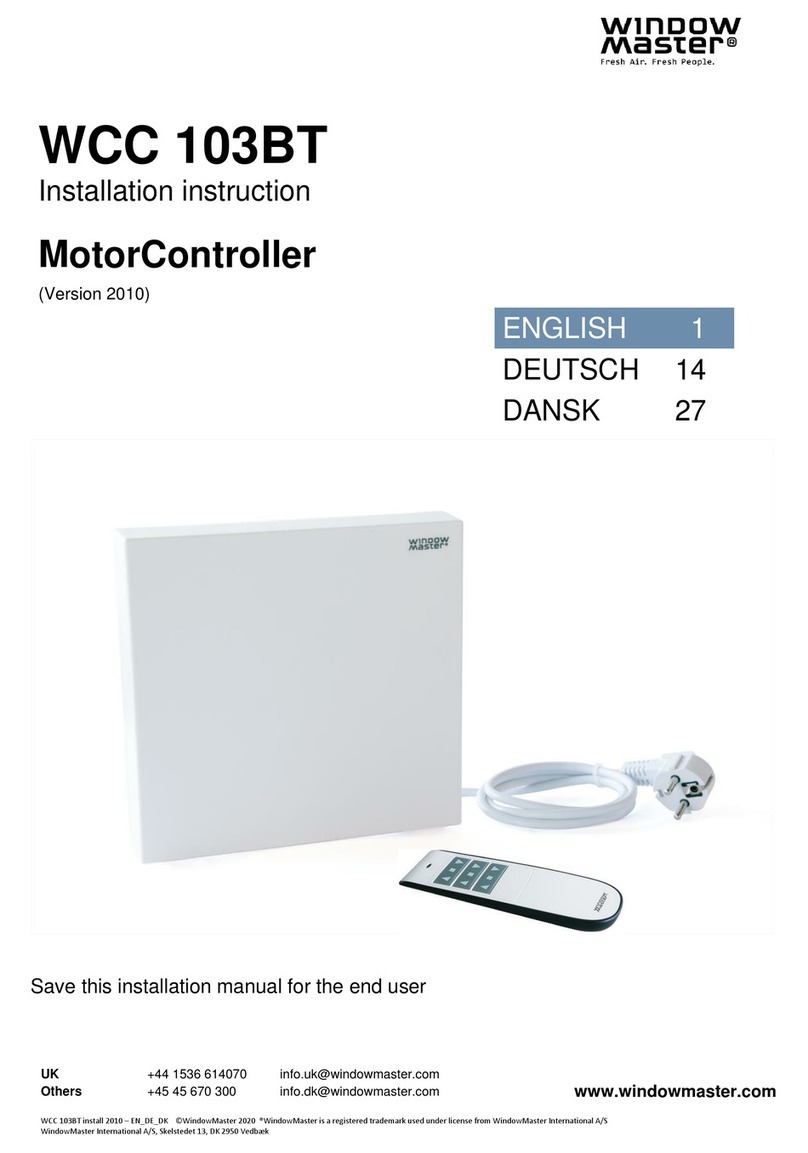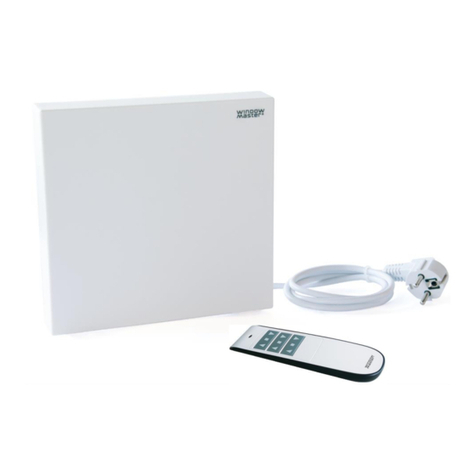
Safety information WSC 304 01
__________________________________________________________________________
Smoke control unit - WSC 304 01 2
Only allow correspondingly trained, qualified
and skilled personnel to carry out installation work.
Reliable operation and the avoidance of
damage and hazards is only guaranteed if
installation and settings are carried out carefully
in accordance with these instructions.
Check the technical data on the system plate.
Hazards to persons ensuing from flaps and
wings operated by electric motors.
The forces occurring in the automatic mode can
be such that parts of the body could get crushed.
When opened, actuators could protrude into the
room.
For this reason, measures have to be taken
prior to starting up the actuators which exclude
the danger of injury.
With wings tilting inwards or outwards, the wing
must be protected from hinging down once the
actuator is unhooked (e.g. for window cleaning).
For safety reasons we recommend the use of
catching shears.
In the event that wings or flaps are subjected to
high wind loads, we recommend to connect the
central control unit to a wind detector which will
automatically close the flaps.
The fastening methods are exclusively intended
for the intended use for which they are designed
The manufacturer does not assume any liability
for possible damage resulting from inappropriate
use.
Can cause death, severe injury or considerable
damage to assets.
The connection of the control system is reserved
for qualified personnel.
Disconnect all poles of the unit from the supply
voltage prior to opening, installation or
assembling. Adhere to the VDE regulations.
230V AC dangerous voltage
Field of application
Maintenance work
Cable routing and electrical connection
Leave the insulation of the power supply
cable in place up to the mains terminal.
Manufacturer's declaration
The central control system is exclusively designed
for the automatic closing of smoke extraction
systems, windows, flaps or doors.
Always check that your system meets the valid
regulations.
Pay particular attention to the opening cross section,
the opening time and opening speed. The cable cross
sections depend on the cable length and current
consumption (amperage).
Where devices are used in smoke and heat
extraction systems, ensure that they are checked,
maintained and, if necessary, repaired at least once
per year.
Remove all soiling from the devices,
check the fastening and clamping screws for firm
seating. Trial run the entire system.
Defective devices may only be repaired in our factory
Only use original spare parts.
The supplied accumulators are subject to regular
checks and must be replaced every 4 years.
Fuse the 230V AC power supply cable separately on
site.
Adhere to the DIN and VDE regulations (Germany)
or equivalent in your country.
Establish the cable types, if necessary, with the local
approval bodies or the fire protection authority.
Do not conceal flexible cables. Junction box
must be accessible for maintenance purposes.
Disconnect all poles of the mains voltage and the
accumulators prior to starting maintenance work or
making changes to the system.
Secure the system to prevent unintentional switching
on again.
Design cable types, lengths and cross sections in
accordance with the technical information.
Route all low voltage cables (24V DC) separate from
the power current cables.
The devices have been inspected and manufactured
in accordance with the European directives.
A corresponding manufacturer's declaration is
available.
You are only authorised to use the devices if a
conformity declaration is issued for the entire system.
.
ttent
on
Adherence to the following information is mandatory:
